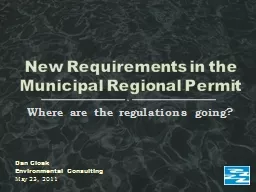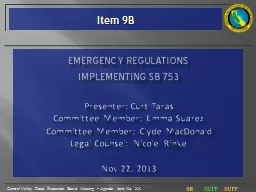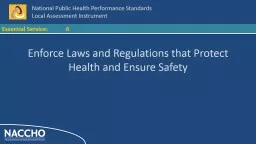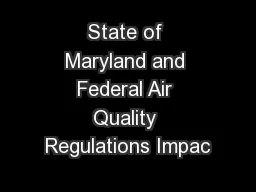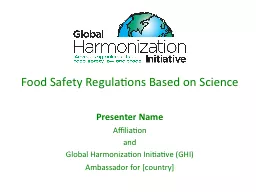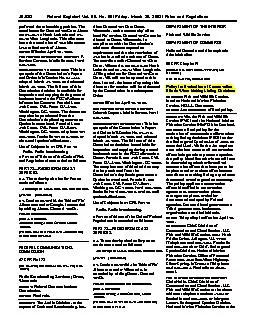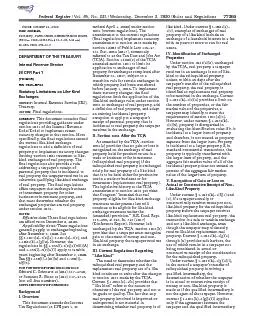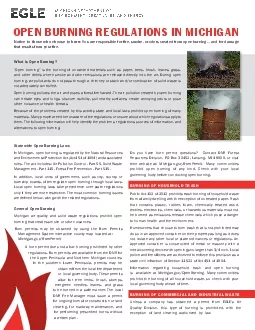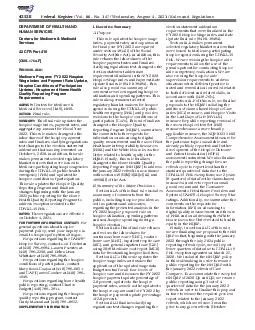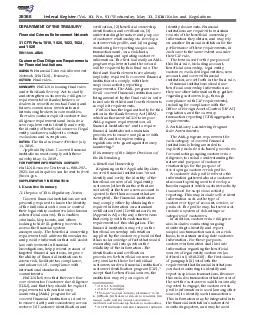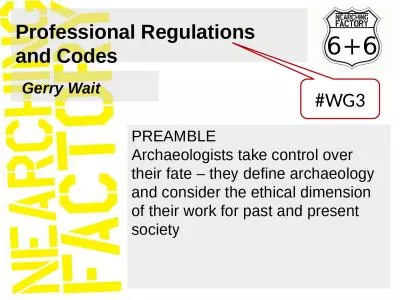PPT-Where are the regulations going?
Author : tatiana-dople | Published Date : 2017-08-15
New Requirements in the Municipal Regional Permit Dan Cloak Environmental Consulting May 23 2011 New requirements in the MRP New thresholds for C3 applicability
Presentation Embed Code
Download Presentation
Download Presentation The PPT/PDF document "Where are the regulations going?" is the property of its rightful owner. Permission is granted to download and print the materials on this website for personal, non-commercial use only, and to display it on your personal computer provided you do not modify the materials and that you retain all copyright notices contained in the materials. By downloading content from our website, you accept the terms of this agreement.
Where are the regulations going?: Transcript
Download Rules Of Document
"Where are the regulations going?"The content belongs to its owner. You may download and print it for personal use, without modification, and keep all copyright notices. By downloading, you agree to these terms.
Related Documents

